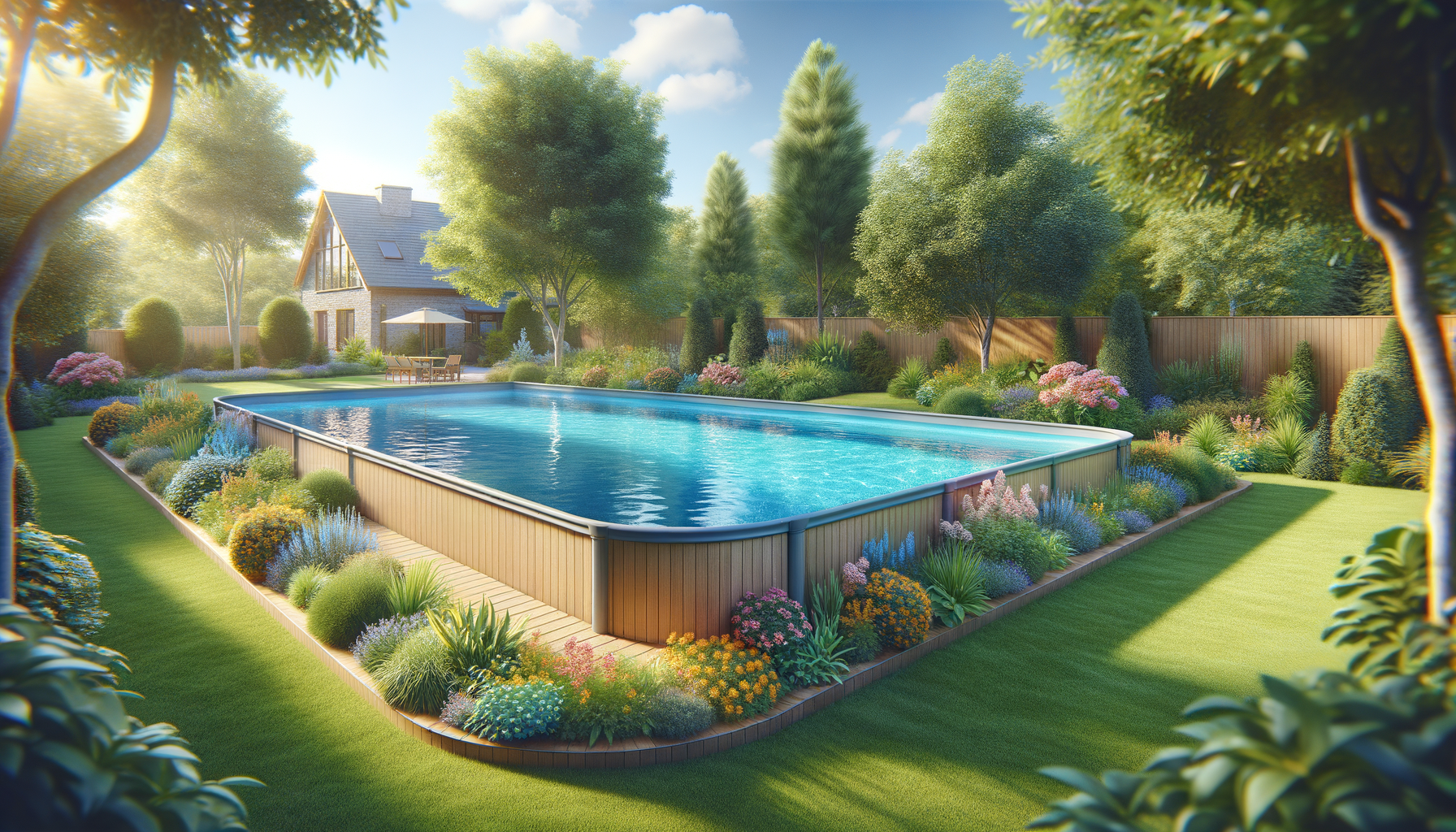The Appeal of Above Ground Pools
Above ground pools have gained popularity as an accessible and affordable alternative to traditional in-ground pools. These pools present a compelling option for those who desire the luxury of a swimming pool without the extensive costs and commitments associated with permanent installations. The installation process is notably simpler, often taking just a few days, as opposed to the weeks or months required for in-ground pools. Additionally, they offer flexibility in terms of placement and can be relocated or removed with relative ease.
One of the most attractive features of above ground pools is their affordability. They come in a variety of sizes and shapes, catering to different budgets and preferences. This variety allows homeowners to select a pool that fits their specific needs and available space. Moreover, maintenance costs are generally lower compared to in-ground pools, as they typically require less water and fewer chemicals.
Beyond practicality, above ground pools also offer aesthetic flexibility. With a range of designs and materials available, homeowners can choose a style that complements their outdoor decor. From sleek modern designs to rustic wooden finishes, there is an above ground pool to suit every taste. This adaptability makes them a popular choice for those looking to enhance their backyard without committing to a permanent structure.
Installation and Maintenance Considerations
Installing an above ground pool involves several key considerations to ensure longevity and safety. The first step is selecting an appropriate site. Ideally, the location should be level, stable, and free from debris. It’s crucial to ensure that the ground can support the pool’s weight when filled with water. Many homeowners opt to prepare a sand or concrete base to provide additional stability and prevent wear on the pool liner.
Once the site is prepared, the pool assembly can begin. Most above ground pools come with detailed instructions, and many manufacturers offer customer support to assist with the process. It’s important to follow these guidelines closely to avoid any structural issues. While some homeowners choose to tackle installation as a DIY project, hiring a professional can provide peace of mind and ensure the pool is set up correctly.
Maintenance is another critical aspect of owning an above ground pool. Regular cleaning is essential to prevent algae growth and maintain water clarity. This typically involves skimming debris, vacuuming the pool floor, and balancing the water’s pH and chlorine levels. Additionally, investing in a quality pool cover can protect the pool from dirt and debris when not in use, reducing maintenance efforts.
Comparing Above Ground Pools to In-Ground Pools
When deciding between an above ground and an in-ground pool, several factors come into play. Cost is often the most significant consideration. Above ground pools are generally more budget-friendly, with lower upfront costs and reduced maintenance expenses. In contrast, in-ground pools can significantly increase property value and offer a more permanent solution for those committed to a long-term investment.
Space is another factor to consider. Above ground pools are ideal for smaller yards or spaces where an in-ground pool might not be feasible. They offer flexibility in terms of placement and can be a temporary solution for those who may move or change their backyard layout in the future. On the other hand, in-ground pools provide a seamless integration with the landscape and can be customized to fit specific design preferences.
From a safety perspective, both types of pools require diligent oversight, especially when children are present. Above ground pools have the advantage of elevated sides, which can deter unsupervised entry. However, both pool types benefit from additional safety measures such as fences, gates, and pool alarms.
Ultimately, the choice between an above ground and an in-ground pool depends on individual needs, budget, and long-term plans. Each option offers unique benefits, and understanding these can help homeowners make an informed decision that enhances their outdoor living space.



Leave a Reply